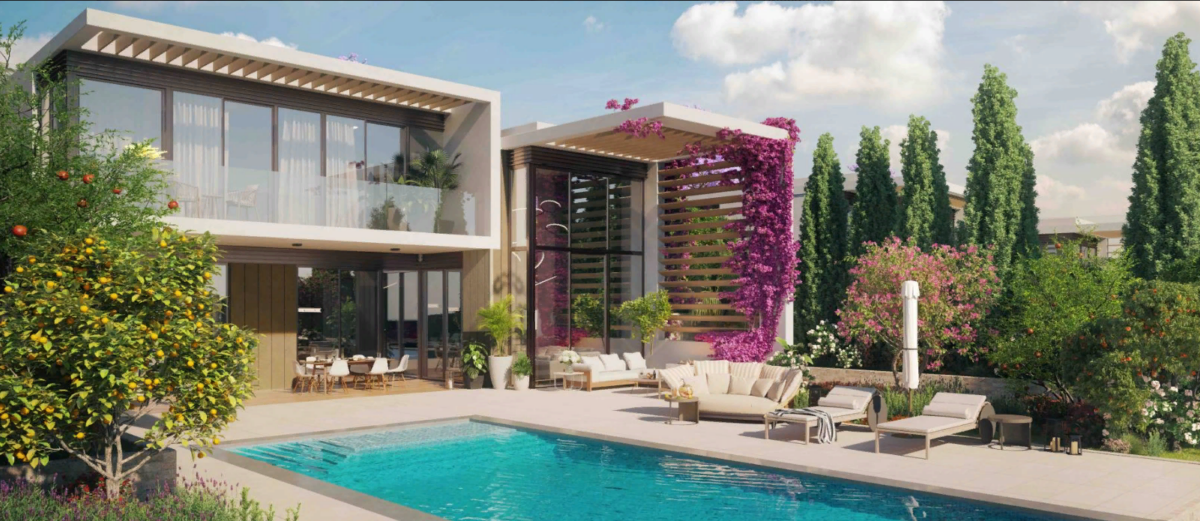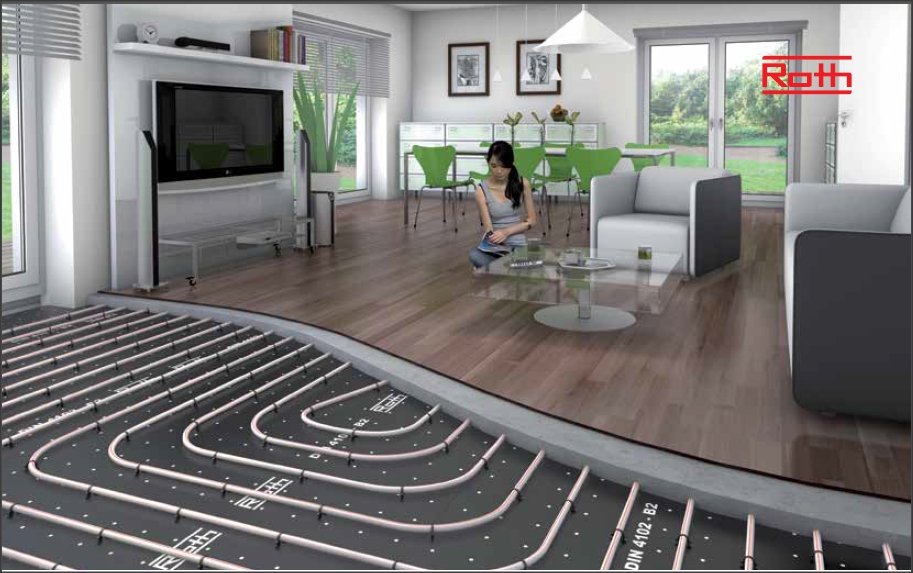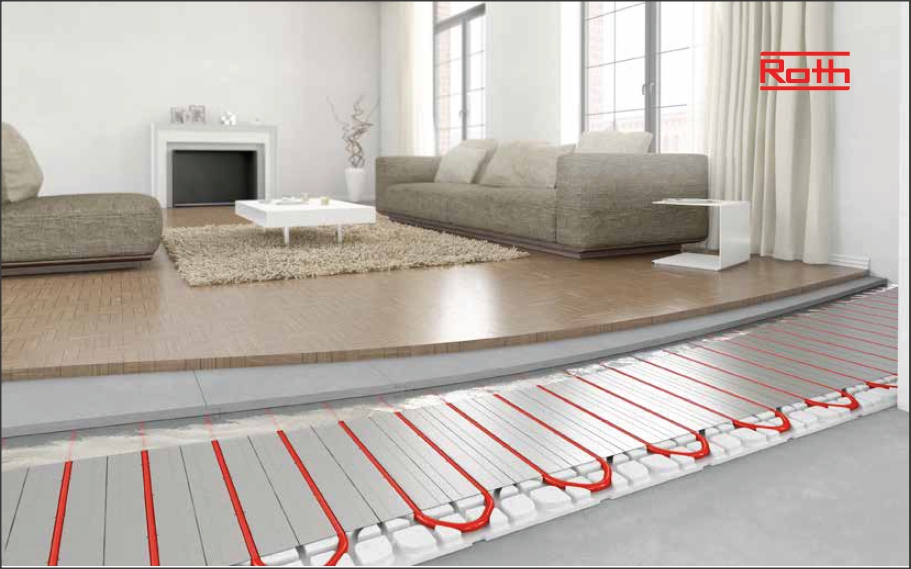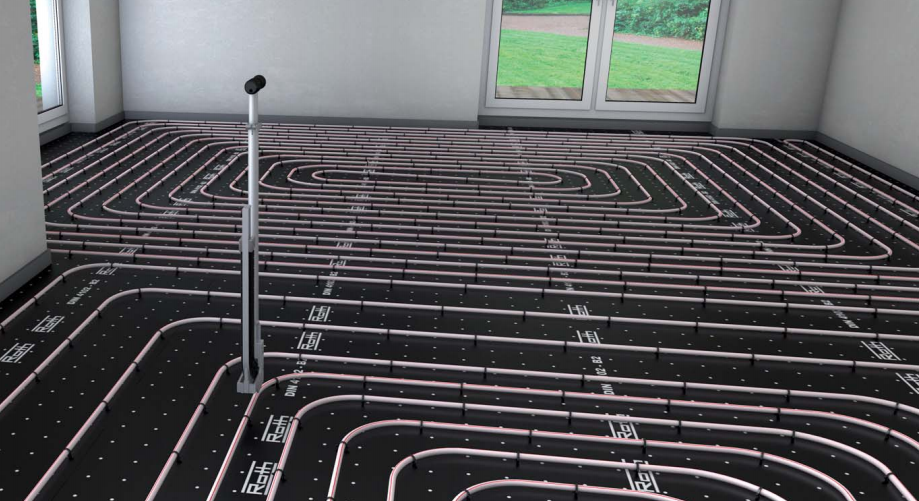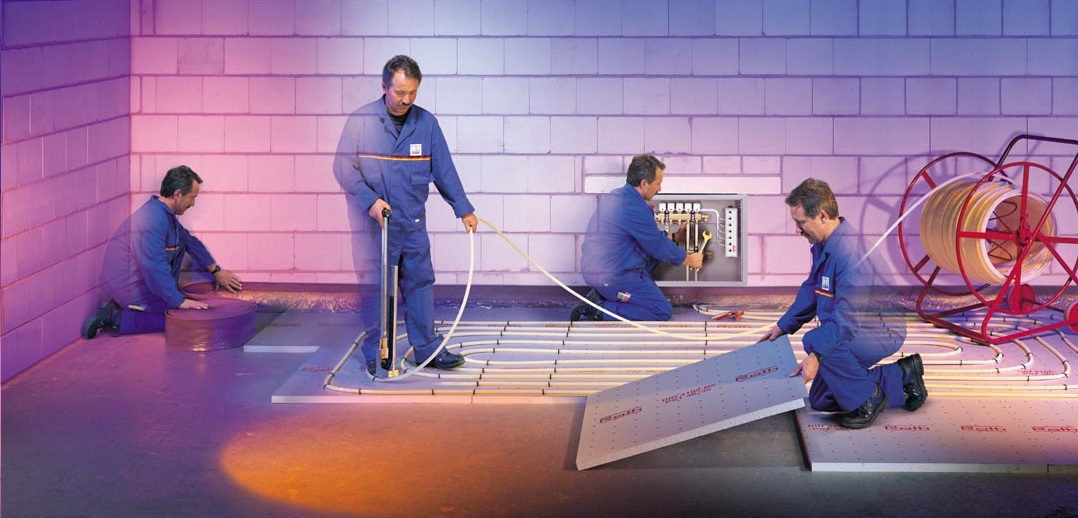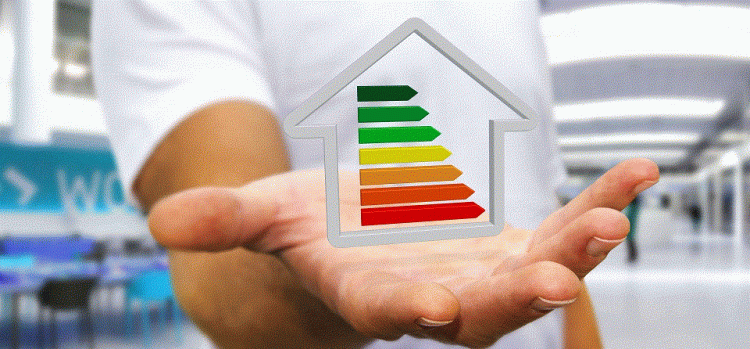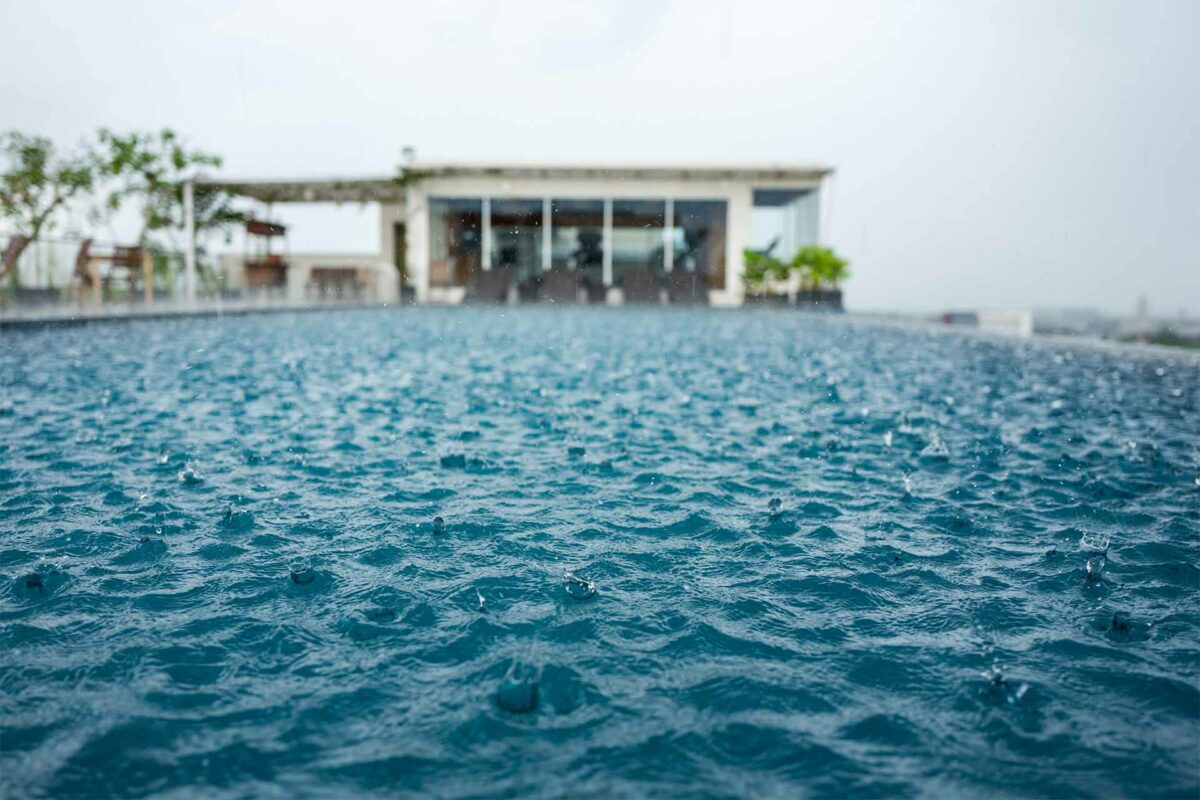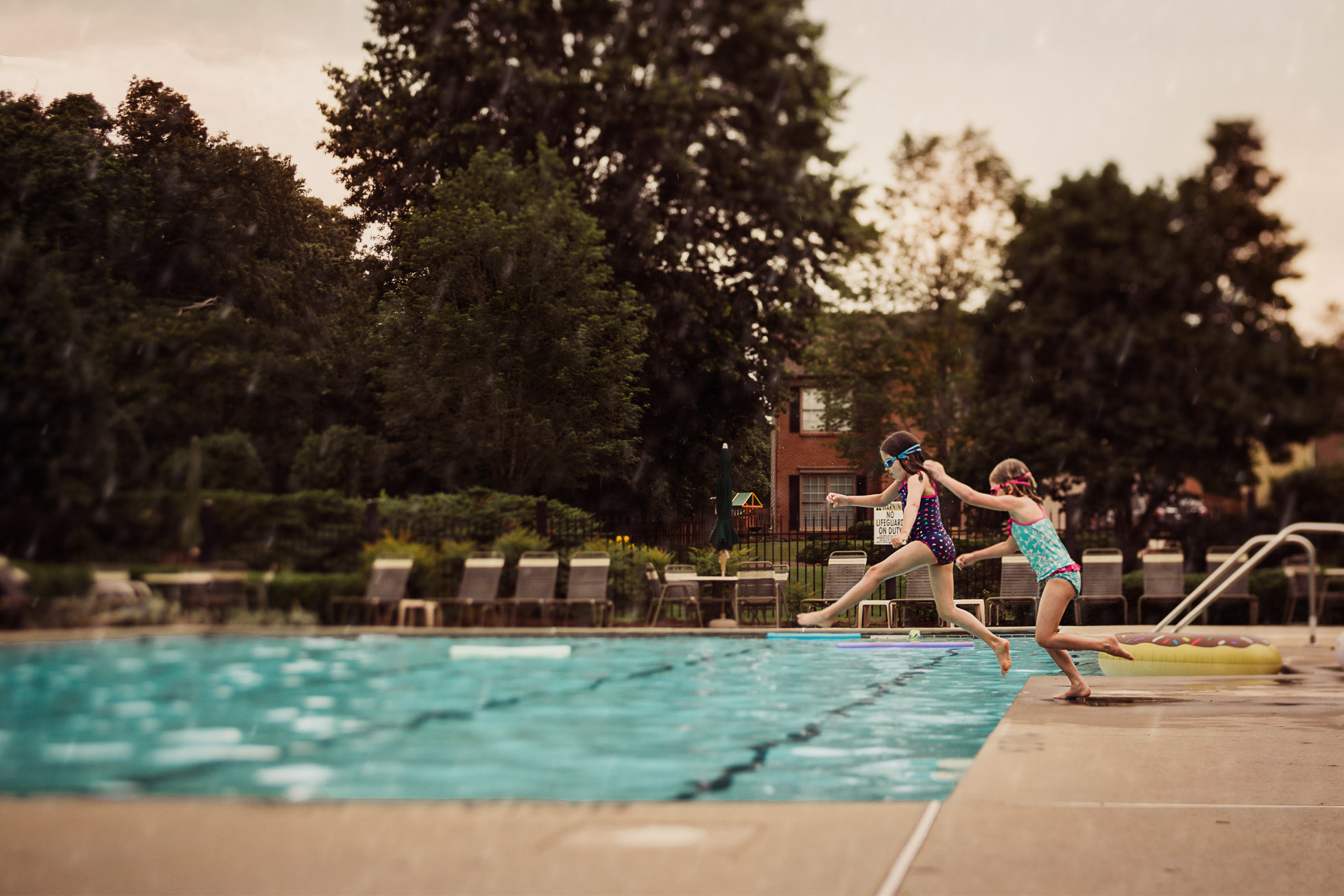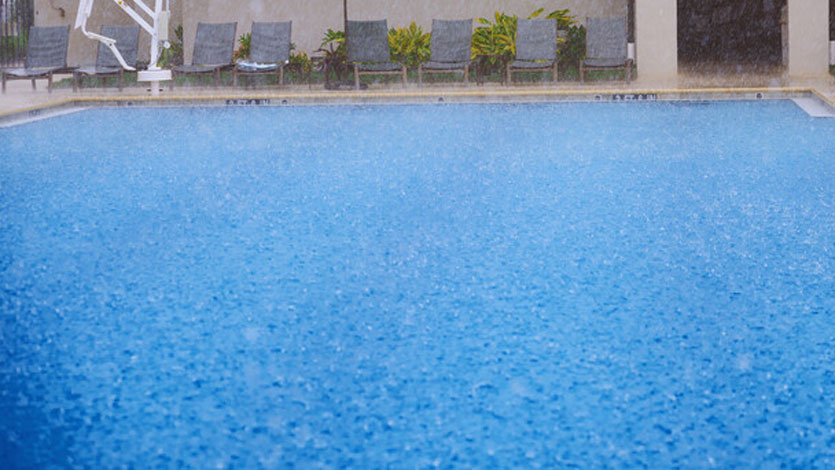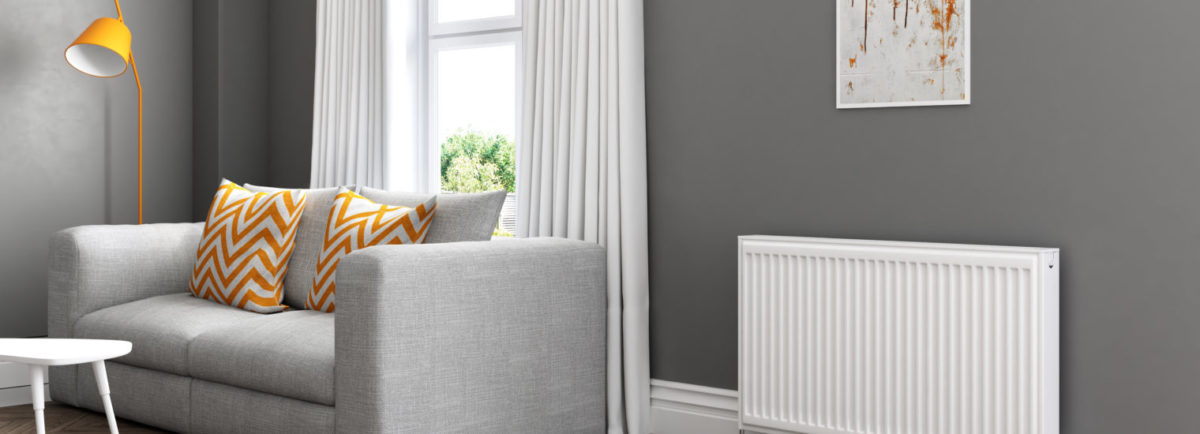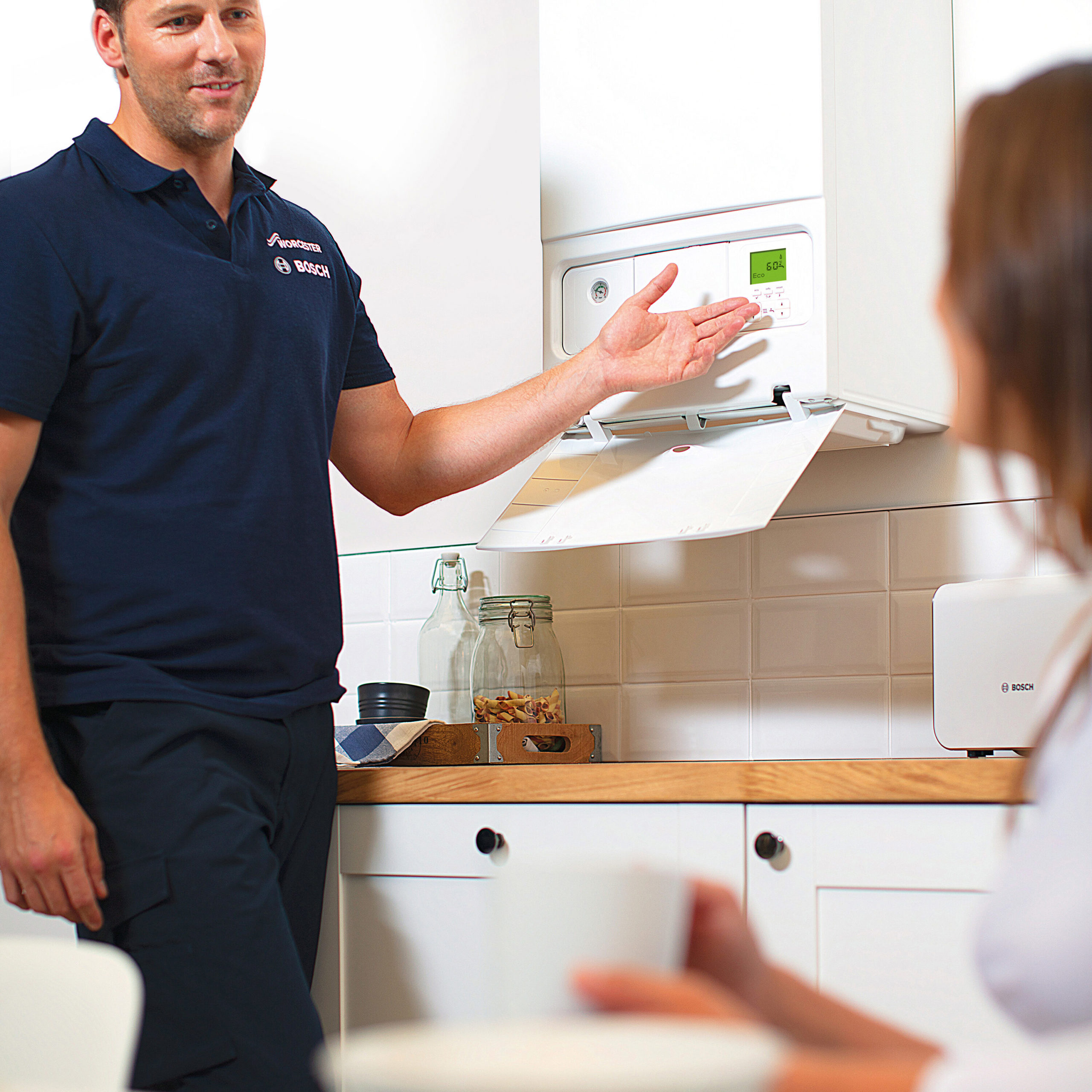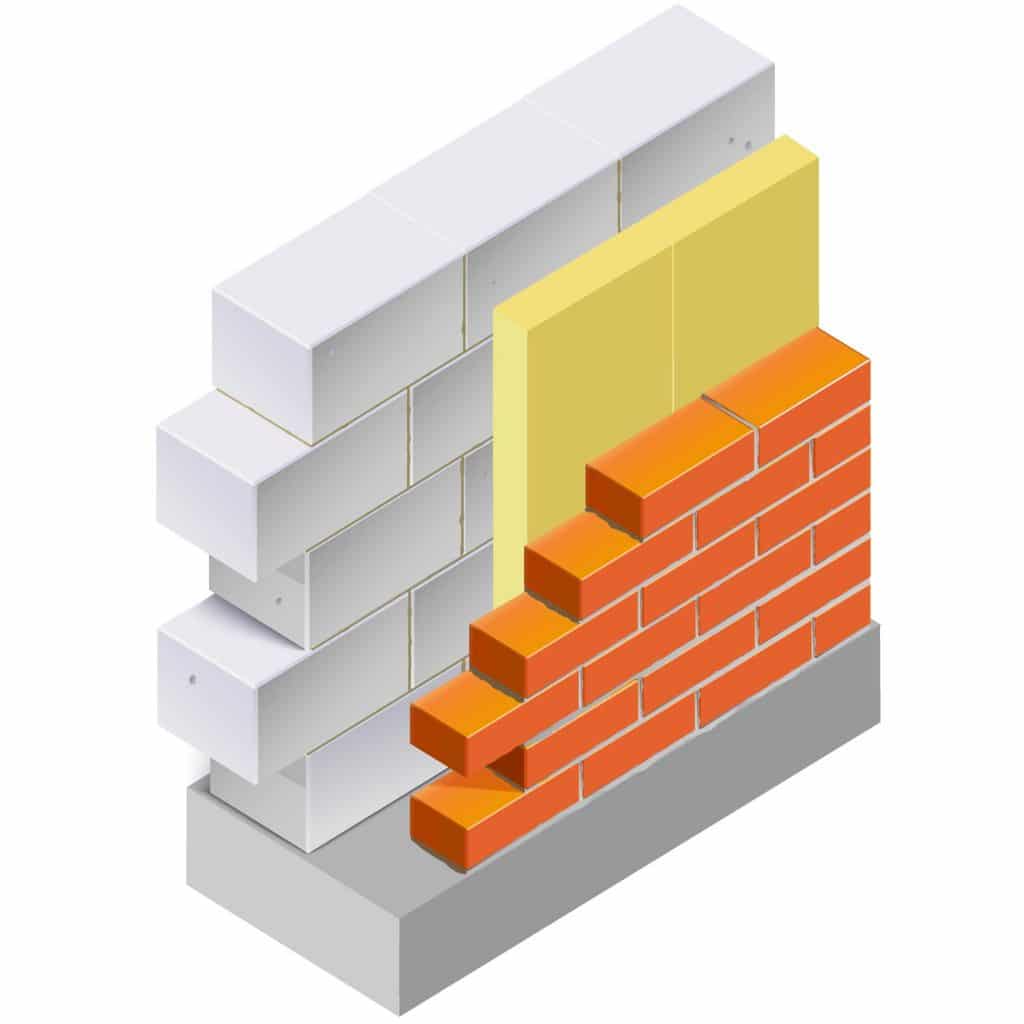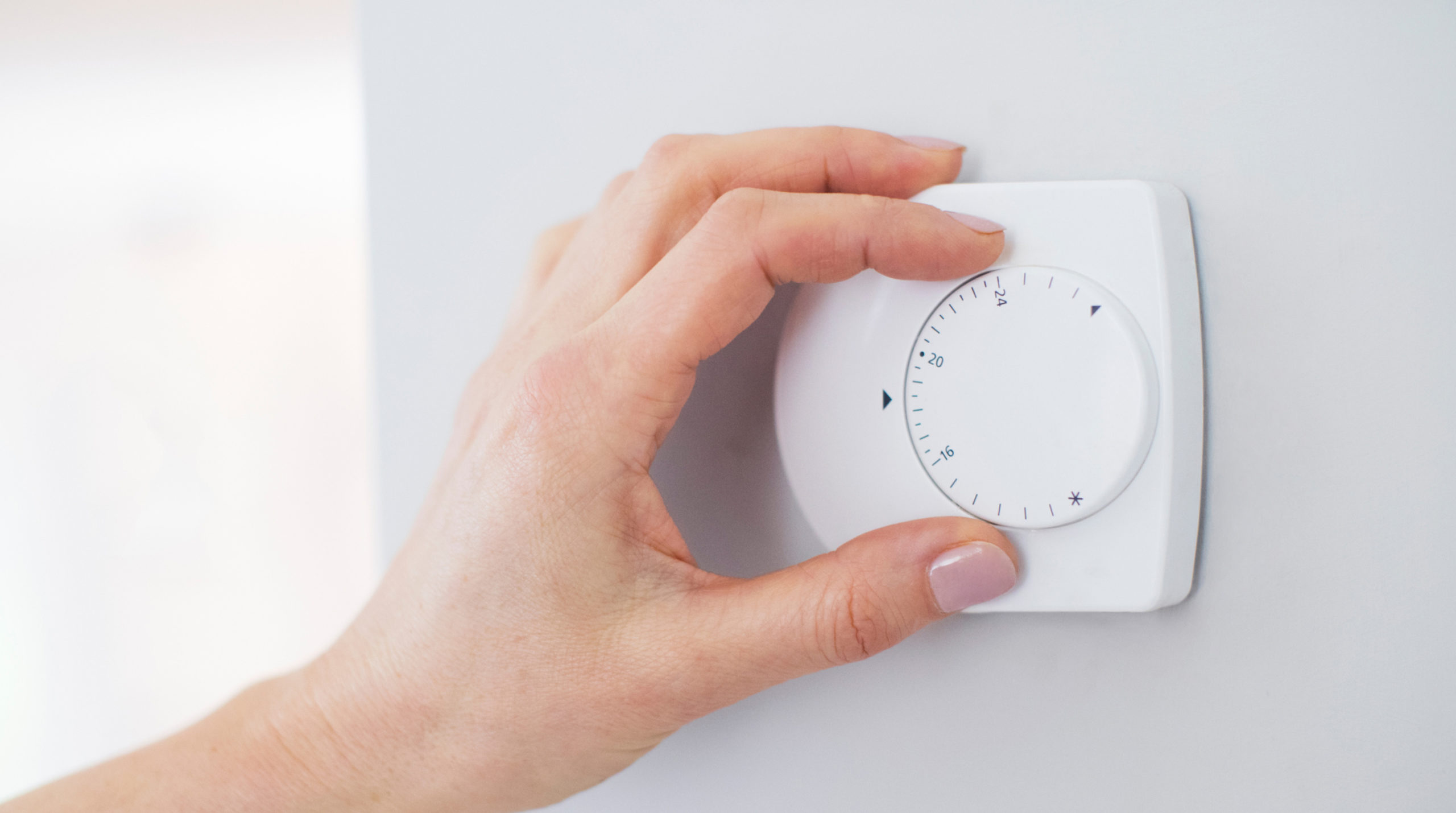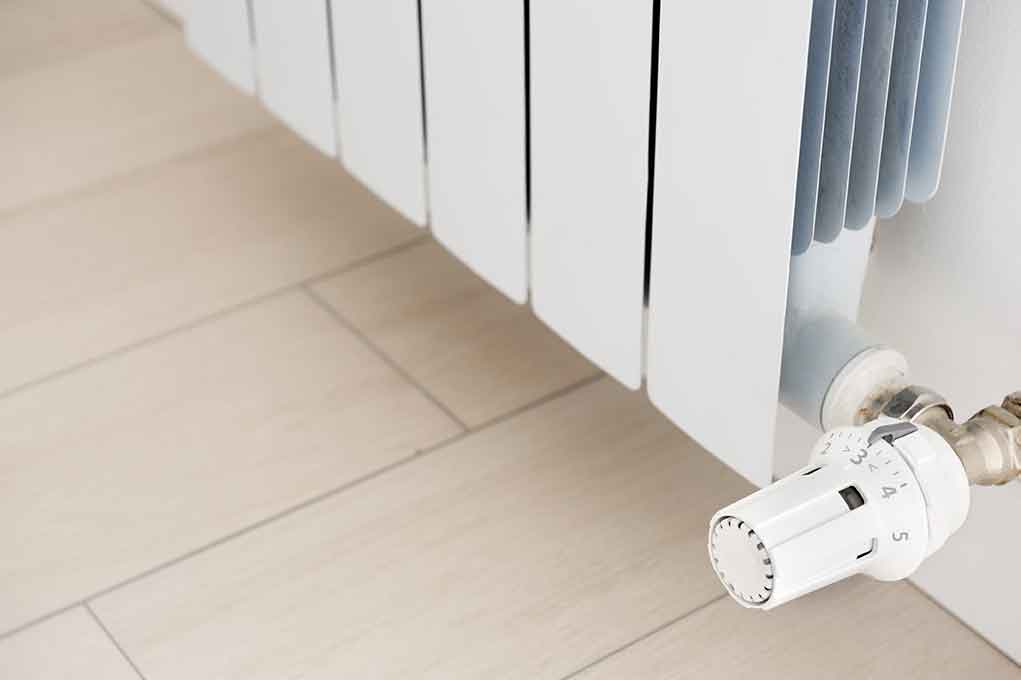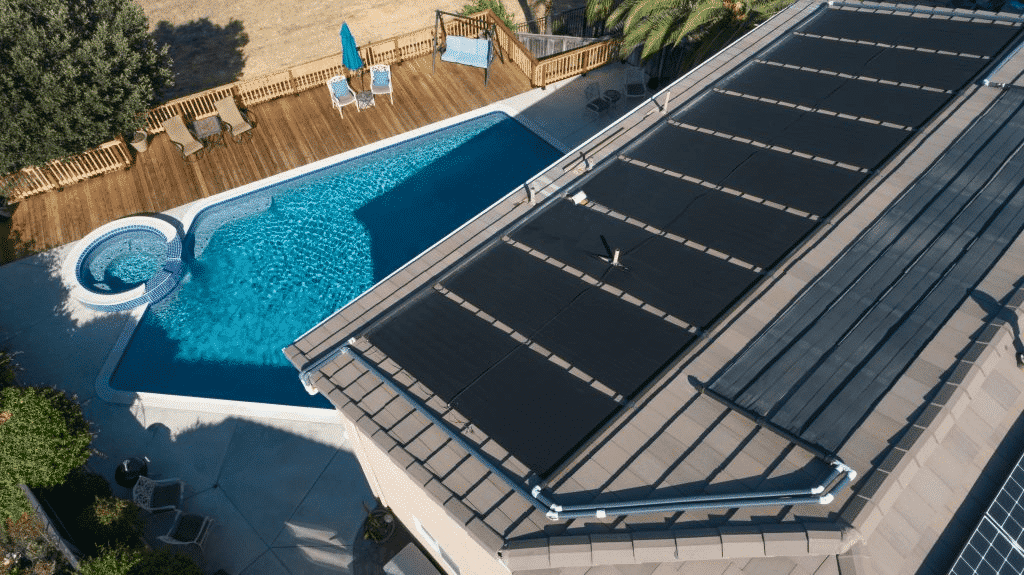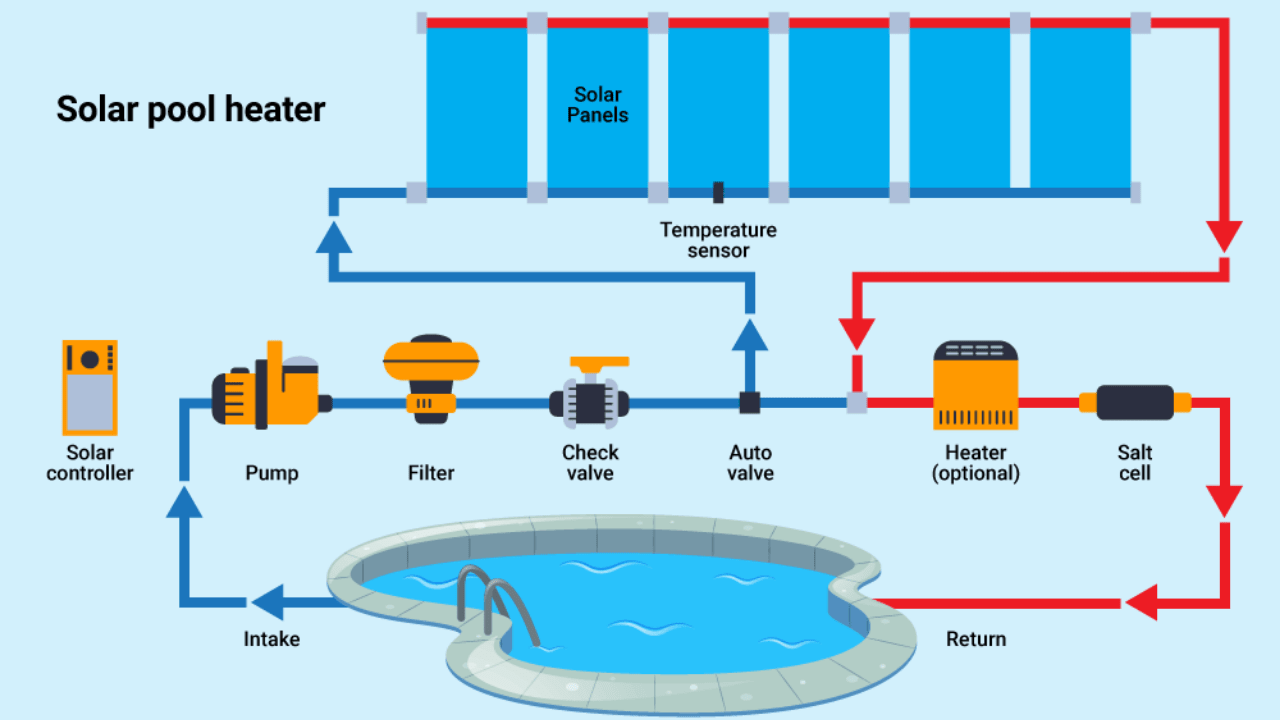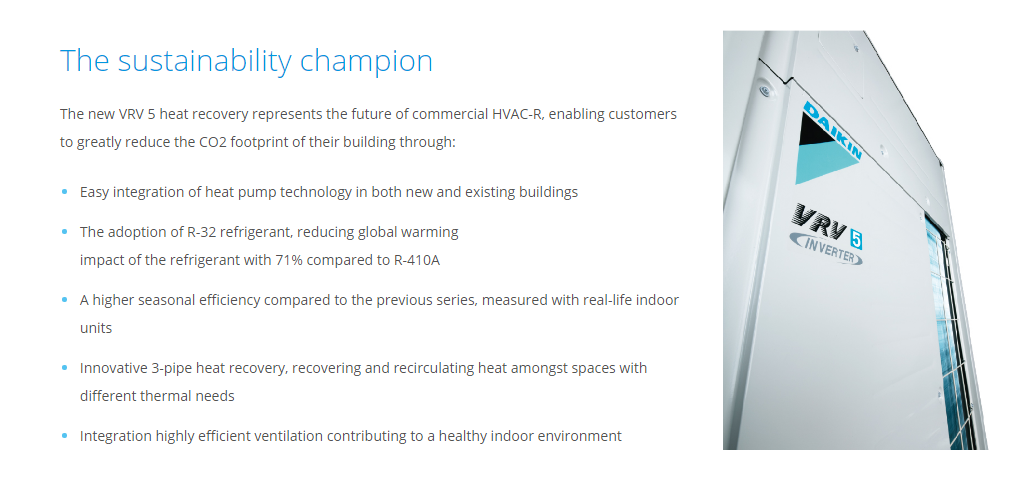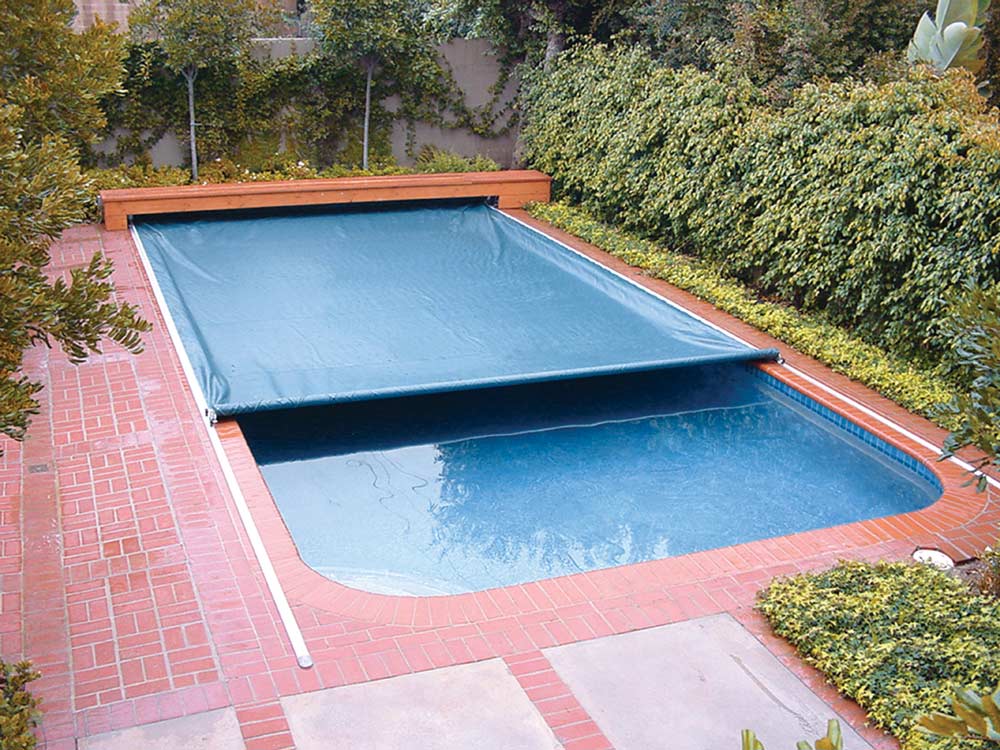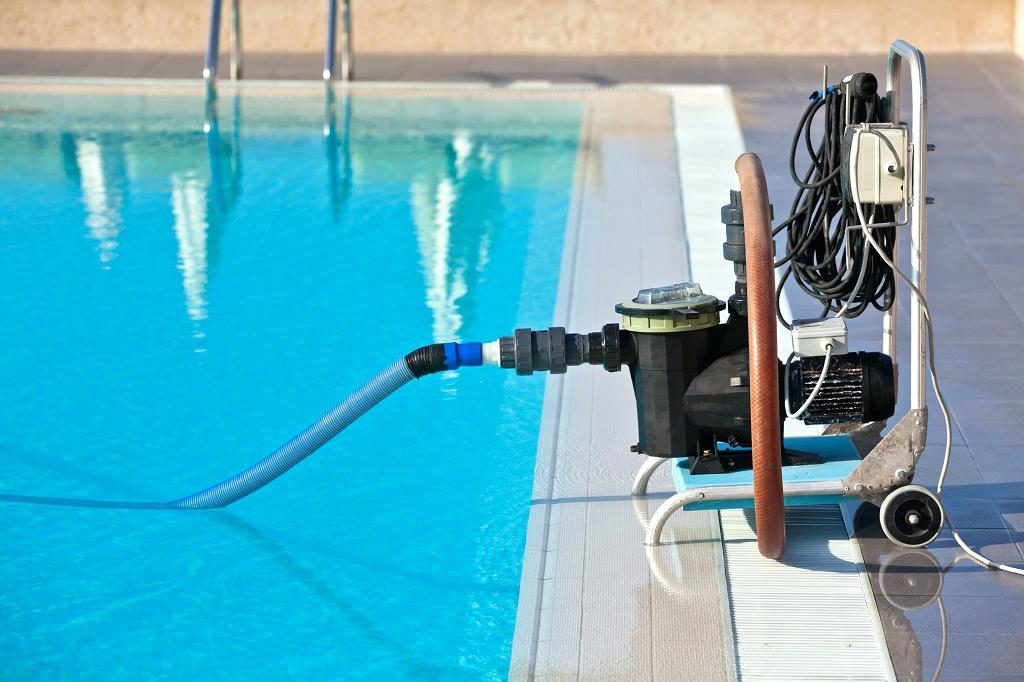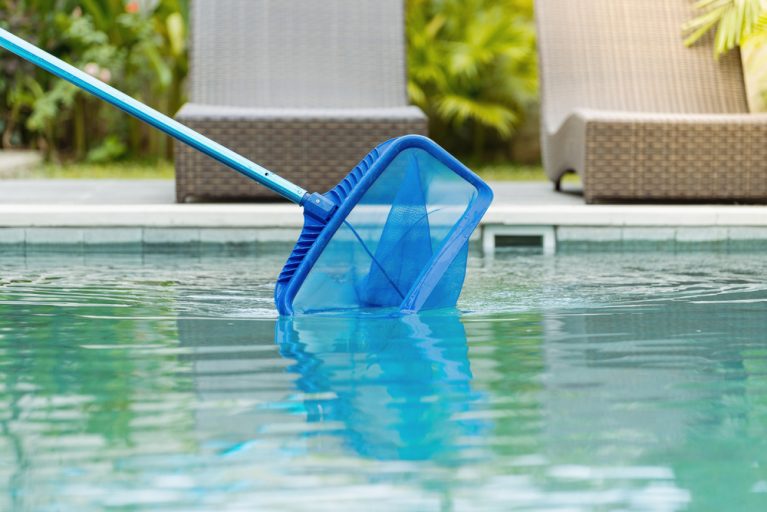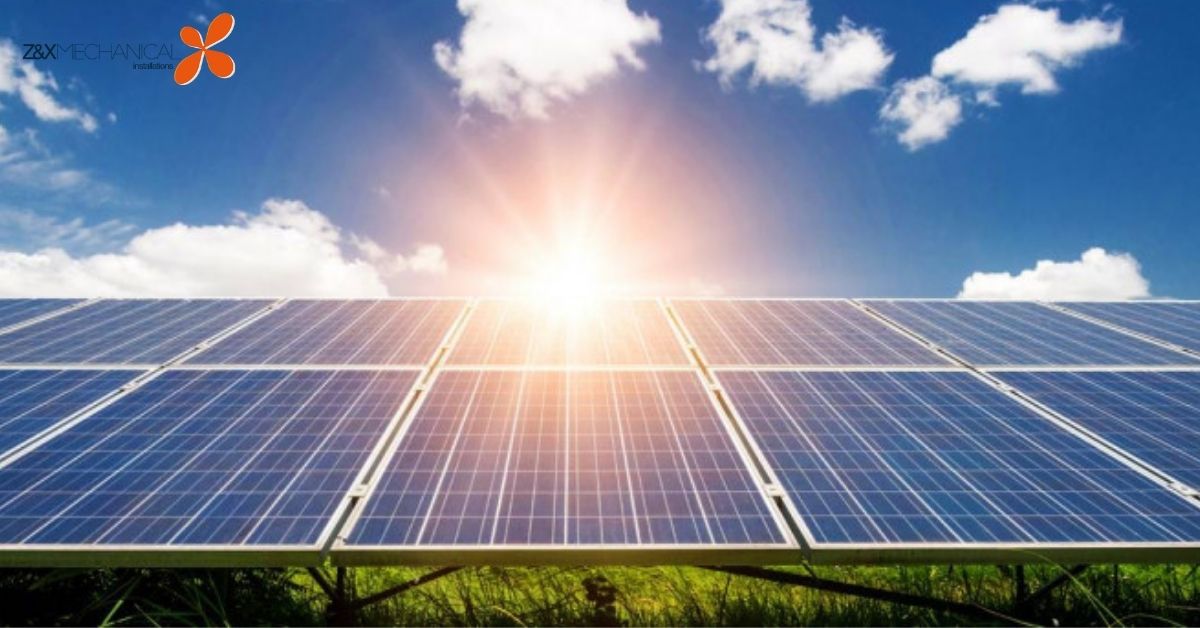How to open up your pool after the winter
1. Remove cover
- Wind up the pool cover carefully ensuring as few leaves and debris enter the pool as possible.
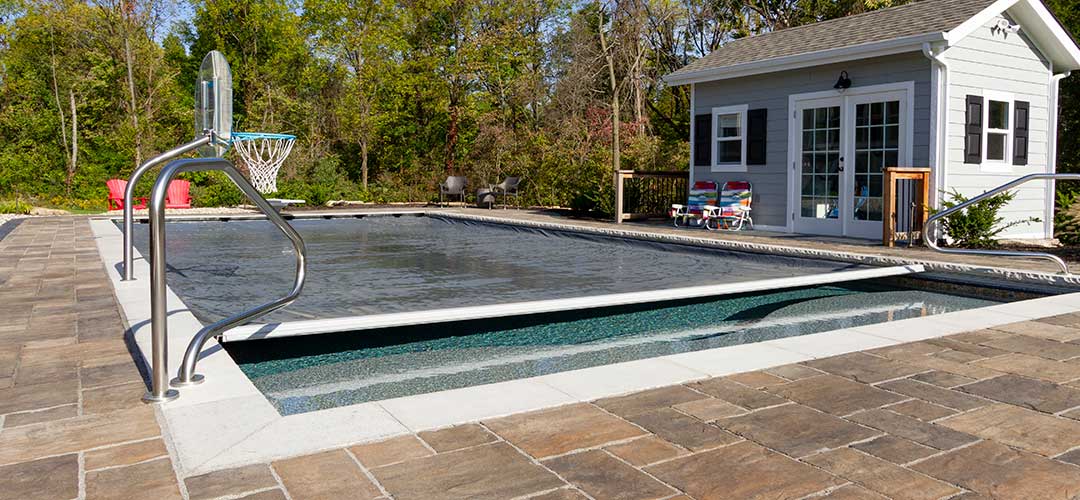 2. Clean the cover
2. Clean the cover
- Place the cover flat side up with the bubbles facing down.
- If possible use the space available around the pool by setting the reel system back, creating a flat surface between the reel and pool.
- Your cover can also be laid out on a lawn to be cleaned.
- Rinse down with a hose or jet washer (ensure jet washer kept 20cm – 30cm from cover).
- Use a soft brush to remove embedded residue.
3.Clear the pool of debris
- Use deep net or skimmer net to clear leaves and debris from surface and floor of the pool.
- Open and empty skimmer baskets, clean inside of skimmer.
4. Deep clean the pool
- Use a soft pool brush to brush away algae and dirt off walls and floor of the pool.
- Remove inlet cover plates and eyeball inlet nozzles and clean.
- Vacuum the pool – run your robotic cleaner to remove the last residue at the bottom of the pool.
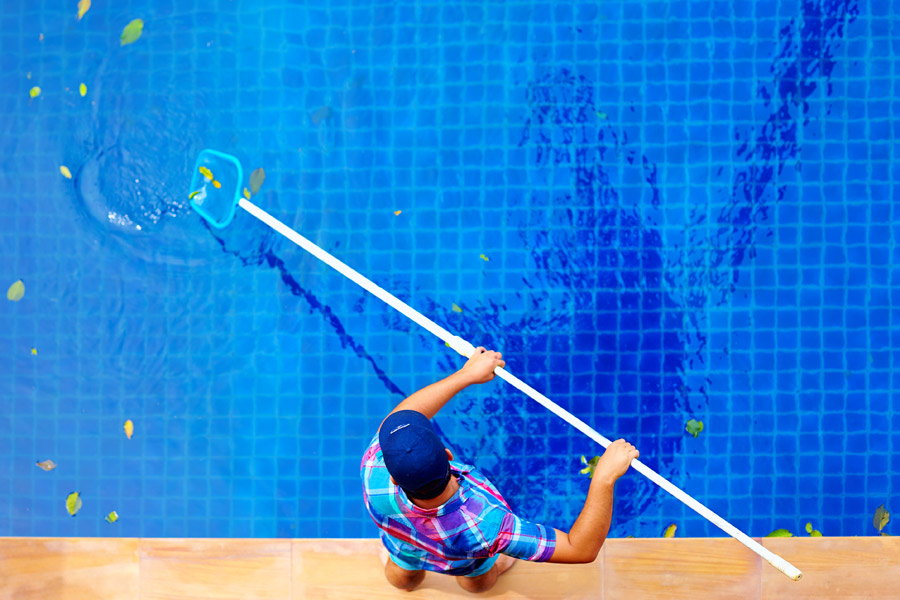
5. Top up water levels
- Run hose line to the pool and bring the water level to the middle of the skimmer.
6. Set up the filter
- Ensure pump is switched off and turn off inlets, main drain, and skimmer valves to pump and filter.
- Open the lid to the pump remove the pump filter basket.
- Clean the pump filter basket and reinstall.
- Ensure the pump seal is clean and reinstall.
- Use a bucket of water to help prime pump. Replace pump lid.
- Open inlets, main drain, and skimmer valves to pump and filter.
- Switch on pump for 24 hours, ensuring the multi-port valve is set to “filtration”
- Backwash the pool filtration as required.
7. Check chemical levels and balance pool
- Take water samples from the pool (ensure taken 20cm under the water level).
- Check pH, Free Chlorine (FC), Combined Chlorine (CC), (calculate Total Chlorine (TC)), Calcium Hardness (CH) and Total Alkalinity (TA).
- Take appropriate actions to balance pH, CH and TA (take time to allow chemicals to settle).
- Add stabilised chlorine to level the pool between 2-4ppm.
- Allow to settle and recheck chemical levels
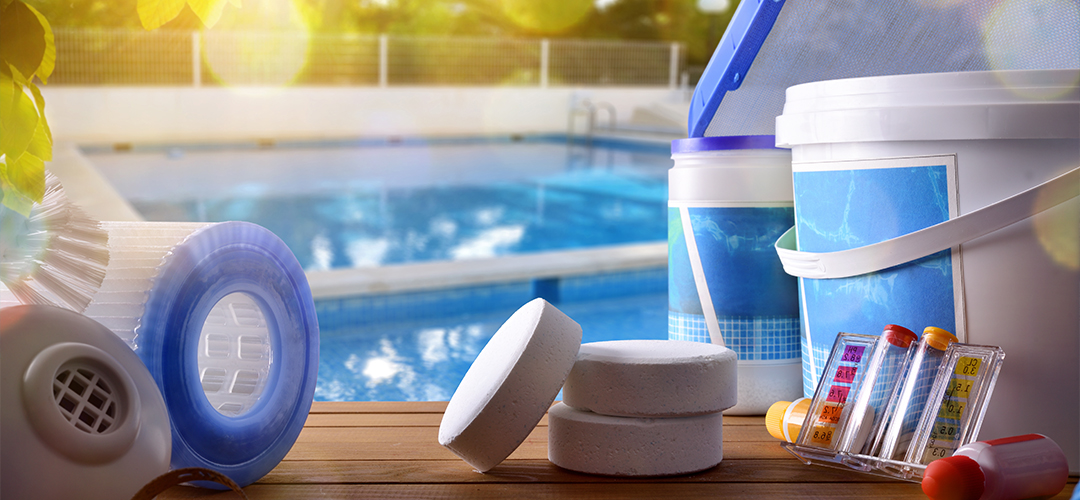 8. Shock the pool (if required)
8. Shock the pool (if required)
- Put on PPE and weigh out shock chlorine.
- Fill bucket with warm water.
- Add the required shock to the bucket slowly.
- Stir until dissolved.
- Add shock slowly to the pool moving around the pool and ensuring not to splash and to pay attention around the skimmer.
- Ensure all pool equipment is cleaned thoroughly.
- Leave and allow the shock to do its work.
- Repeat as needed.
- Ensure the pool cover is off the pool water until the free chlorine level has returned to 2 – 4 ppm
9. Reinstall the cover
- When the chemical levels have returned to industry standards, reattach cover to reel and install on pool.
10. Set the pump and filtration timings
- Check the inlet nozzles are set to provide the best possible circulation.
- Set the filtration time schedule ensuring enough time to completely circulate the pool.
- For best heating performance set filtration to turn during the sunlight hours between 11 and 4.
11. Check, check and Recheck
- Recheck pH, FC, CC ,TC and make adjustments if required.
Via Hydro Cyprus
Are you interested in swimming pools? Want to know more from our specialist? Leave us your contact below and we will contact you.

